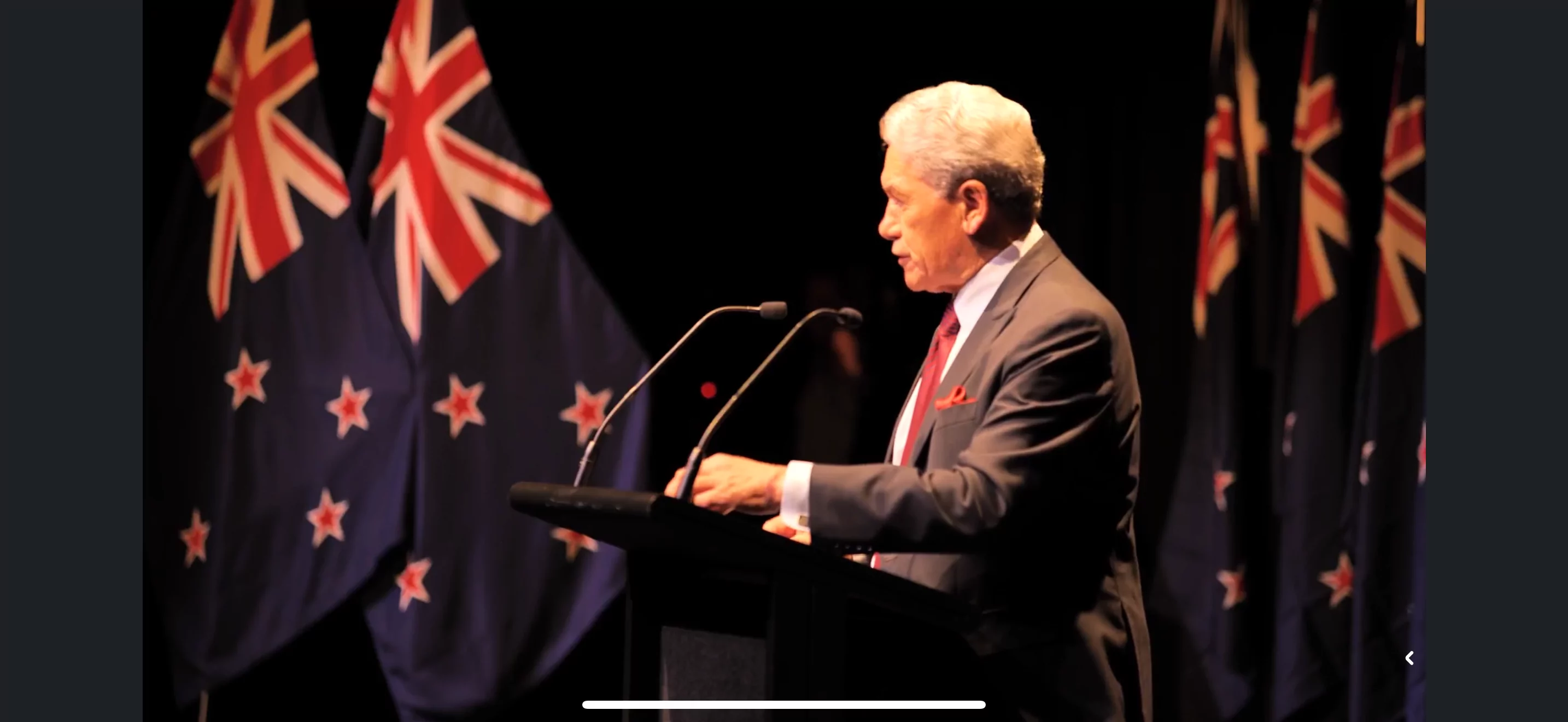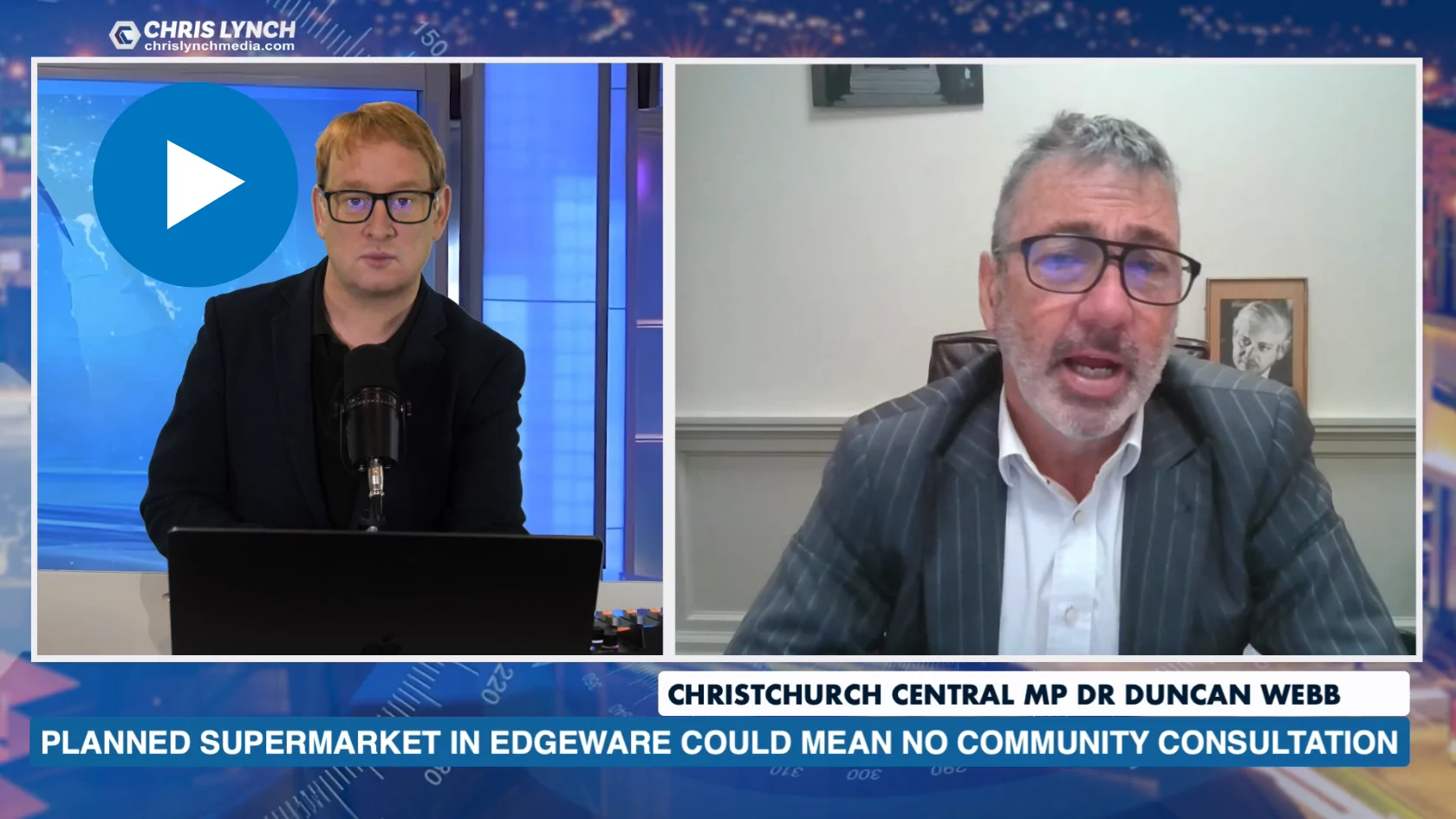The Government announced an overhaul of maths education in New Zealand, aiming to address the country’s chronic issues in the subject.
Prime Minister Christopher Luxon and Education Minister Erica Stanford unveiled the initiative, spurred by alarming new data from the Curriculum Insights and Progress Study (CIPS).
The study revealed that only 22 per cent of Year 8 students in New Zealand met the expected curriculum benchmarks for mathematics.
For Māori students, the figure was a mere 12 per cent, with 63 per cent of the overall Year 8 cohort falling more than a year behind.
Luxon said approximately 50,000 Year 8 students did not meet the expected standards last year.
He described the results as a “total system failure.”
“Whether it’s the curriculum, teacher training or priorities within the education system – for years, we have not been setting kids up for success. And if we aren’t setting our kids up for success, we aren’t setting New Zealand up for success,” Luxon said.
Stanford introduced the first phase of the ‘Make It Count’ maths action plan, set to commence at the start of the next school year.
The plan includes the rollout of a new structured maths curriculum for Year 0-8 students, initially scheduled for 2025, to Term 1 of 2024.
This curriculum draws from models in the OECD, such as those in Singapore and Australia, but is tailored for New Zealand’s context.
Stanford explained that the new curriculum would bring the focus back to the basics of maths.
“From Term 1 next year, children will be learning maths based on a new world-leading, knowledge-rich maths curriculum,” she said.
To support this transition, the Government will provide teachers with comprehensive guides and student workbooks.
In addition to curriculum changes, the Government will allocate $20 million for professional development in maths for teachers.
The Teaching Council has also agreed that prospective teachers must have at least NCEA Level 2 maths, raising the entry requirements for teacher training.
The plan includes targeted interventions for students significantly behind their curriculum levels, informed by twice-yearly standardised maths assessments in primary schools starting in 2025.
These efforts aim to close the equity gap and ensure all children have the opportunity to succeed.
“Transforming maths achievement is another step towards closing the equity gap and giving our children every opportunity to succeed, and setting New Zealand up for future prosperity,” Stanford said.
Curriculum
– Introduction of a new maths curriculum a year early, from Term 1 2024.- Provision of teacher guides and student workbooks to every primary and intermediate school.
Workforce
– Allocation of $20 million for professional development in structured maths for teachers.
– Increased maths entry requirements for new teachers by the Teaching Council.
Assessment
– Implementation of twice-yearly maths assessments in primary schools from 2025.
– Small group interventions for students significantly behind in maths.









